What is a triac in a washing machine?
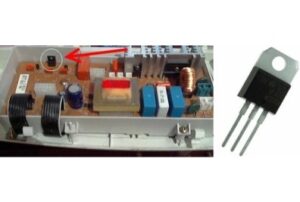 When it comes to diagnosing the control module of a washing machine, the term “triac” is often heard. For users who are far from electrical engineering, this word is akin to a curse and means nothing. At the same time, this semiconductor is among the first to suffer in the event of failures and breakdowns: it burns out and requires replacement. A triac in a washing machine is a key connecting radio element that allows the control board to transmit signals to sensors and system components. Let's take a closer look at what it looks like and on what principle it functions.
When it comes to diagnosing the control module of a washing machine, the term “triac” is often heard. For users who are far from electrical engineering, this word is akin to a curse and means nothing. At the same time, this semiconductor is among the first to suffer in the event of failures and breakdowns: it burns out and requires replacement. A triac in a washing machine is a key connecting radio element that allows the control board to transmit signals to sensors and system components. Let's take a closer look at what it looks like and on what principle it functions.
Triac and its application
A triac, also called a triac, is a special type of triode symmetrical thyristor. This is a small black plastic “box” with three power electrodes on one side and a shutter on the other. The advantage of this radio element is its ability to conduct electric current at working “electron-hole” junctions in both directions.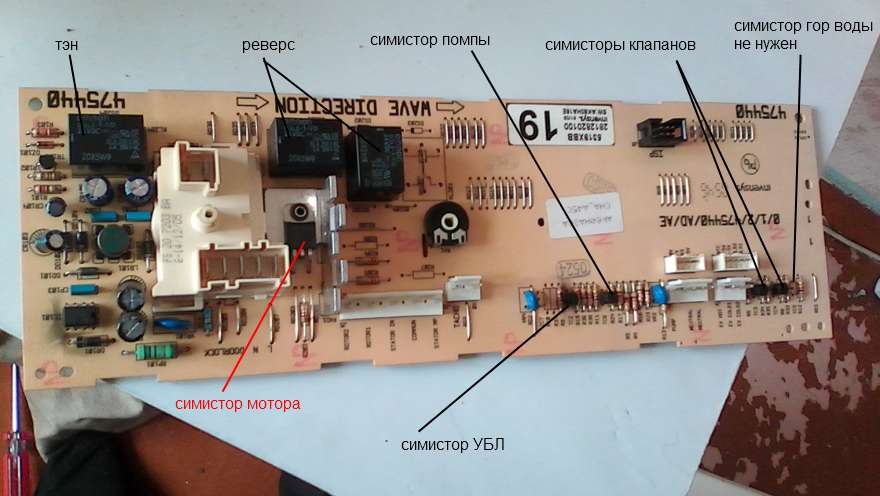
Due to their excellent current conductivity, triacs are actively used in systems with alternating voltage. Triacs are also used in washing machine circuit boards as current pulse transmitters. With their help, the system exchanges information, transmitting commands from the “brains” of the machine to specific nodes and sensors, and then back.
Triacs are triode symmetrical thyristors capable of conducting current in both directions.
The operating principle and design of a triac is identical to any other thyristor. When a control current enters the p-n mechanism, the junction opens and closes only when the voltage decreases to a given operating level.The radio component has a drawback - its power electrodes are not interchangeable.
How does the part function?
The triac is responsible for receiving and transmitting voltage through the washing machine. Unlike a thyristor, it conducts electric current in two directions, working like two back-to-back thyristors with common control. Due to its symmetry, the device received the prefix “simi”.
Semiconductor structure:
- power terminals designated “T1” and “T2”;
- control electrode, marked "G".
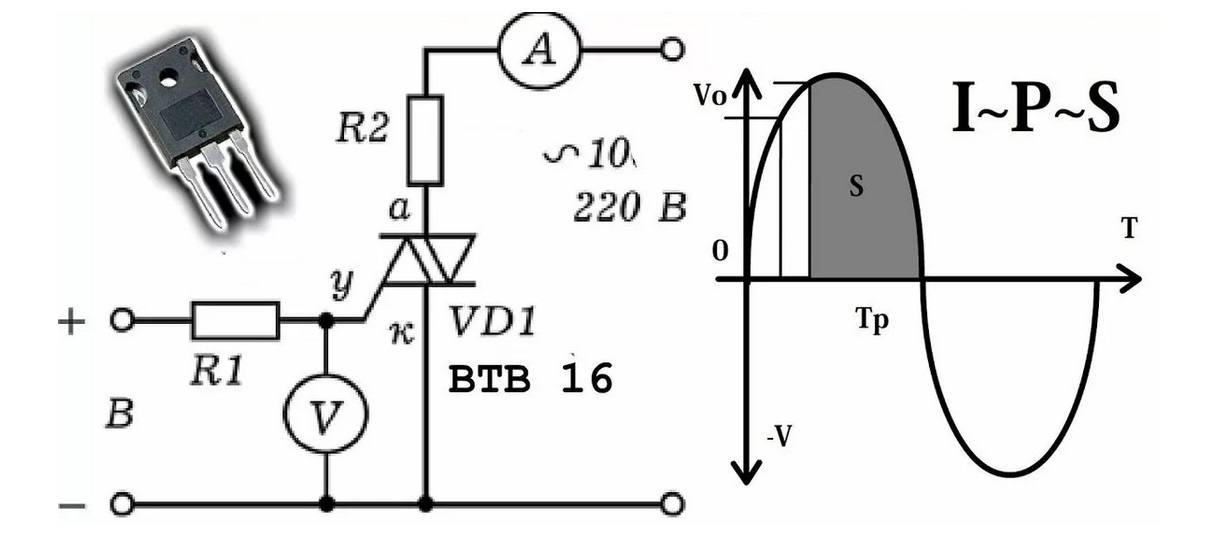
As a result, we get five transitions, organized into two circuits, which are parallel thyristors. When negative polarity is formed on T1, the trinistor effect p2-n2-p1-n1 appears, and when it changes - p1-n2-p2-n3.
Checking the part for functionality
You can check the triac for serviceability either with or without a multimeter. In the second case, you will need a flashlight bulb and an AA battery. It is enough to organize a circuit with a sequential connection of a power source corresponding to the lamp voltage and the working leads of the part. Then we apply electric current and evaluate the result - the light should come on. Next, without de-energizing the system, disconnect the battery and check the p-n junctions for permeability:
- if the triac is working, then the current will be held at a certain level, and the light bulb will continue to glow;
- If the triac burns out, the circuit will lose power and the lamp will go out.
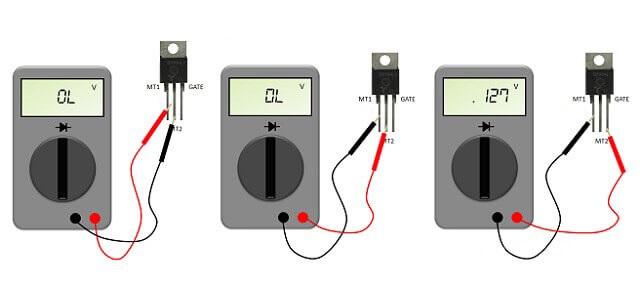
You can test the triac without a battery with a lamp. You will need a multimeter turned on in the “Buzzer” mode. The instructions are as follows:
- apply probes to the contacts;
- look at the device display (if “1” – the triac is working).
Checking with a buzzer will confirm that the p-n junction is not broken.In this case, the operating current will not start the system - the resistance at the contacts will be too high, and the pulse will not arrive at the electrodes.
The second step is to check the opening of the transition. It is necessary to connect the control terminal to the anode. In this case, the multimeter will increase the operating current, the resistance at the contacts will drop - the triac will work. In response, a number different from one will appear on the tester’s display.
At the “finish” you will need to open the control output. After disconnecting, the resistance should increase, and “1” will appear on the multimeter screen again. This means the triac is working.
Interesting:
Reader comments
- Share your opinion - leave a comment

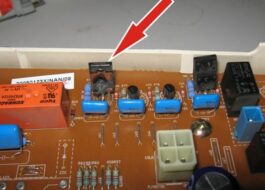



















Add a comment